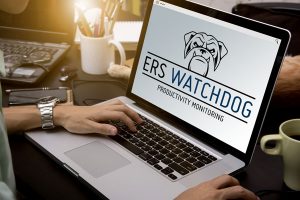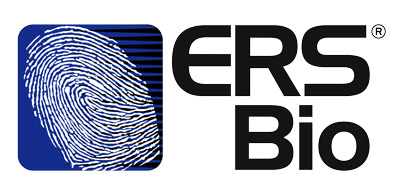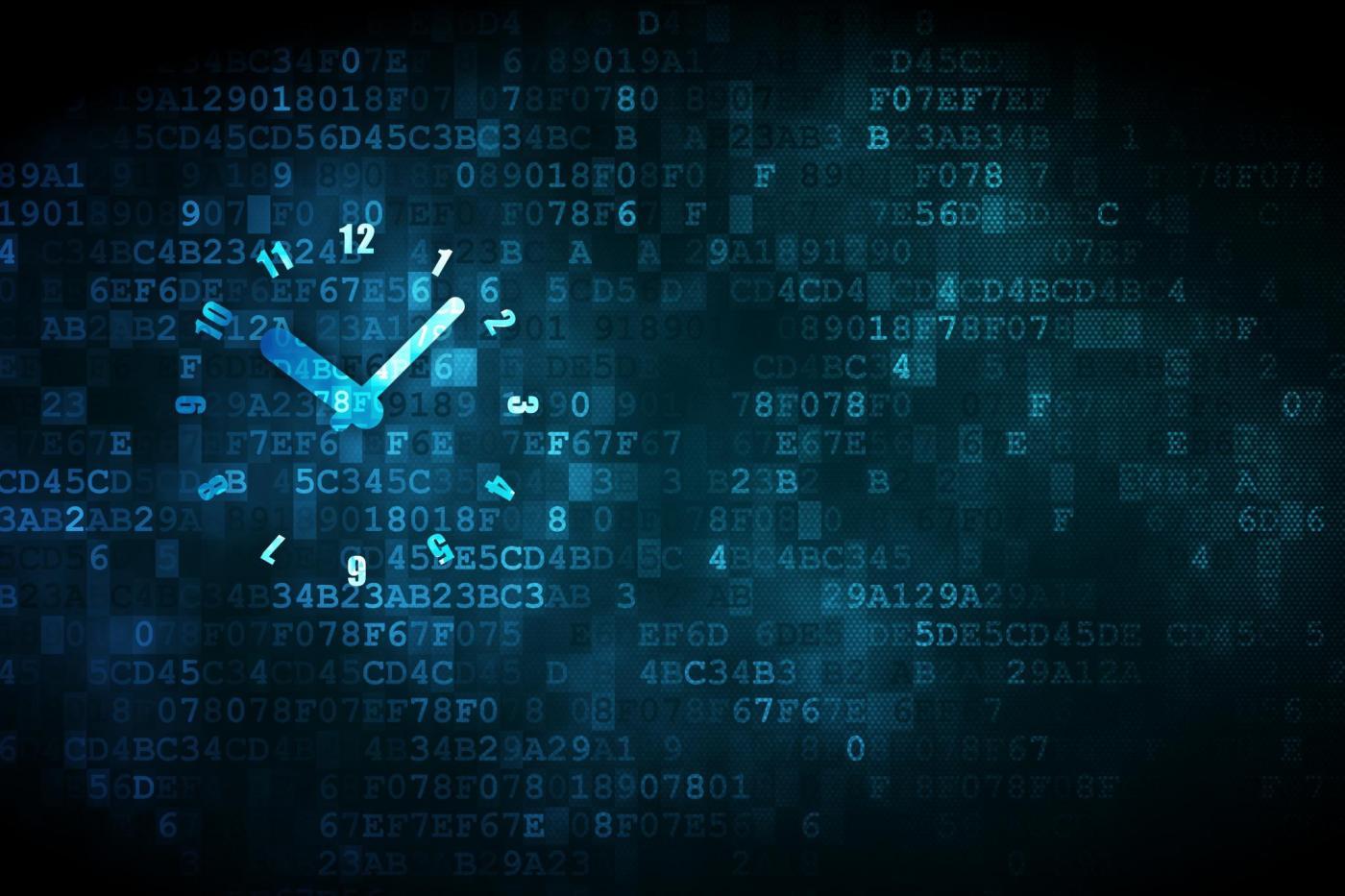5 Things to Consider When Implementing Productivity Monitoring Software for Employees
The advancement in technology has undeniably affected today’s workforce – from how employers interact with employees to how they monitor their work productivity. Sometimes, not monitoring employee productivity may hinder the company from achieving its goals and become a barrier to success.
Even more so, managing remote workers may be a struggle for employers, especially since they can not physically oversee their employees’ progress. In line with that, you might want to check out this article to find out how management styles for work-from-home employees are changing.
On the other hand, if you are planning to implement productivity monitoring software for your employees, here are 5 things to consider:
Understand the software
When implementing a specific software, understanding what it does and what type of employee information it will collect is essential. Thus, ensure to invest in a reputable vendor. Various types of employee monitoring can track different actions and offer different features.
Commonly, some of the actions that most productivity monitoring software can track are your employee’s time spent in an application, time spent online and offline, websites visited, email contents, and the like.
Moreover, to better understand what the software does, look into its features. Here are some of the essential features of productivity monitoring software:
- Time management – Your software’s ability to define a working day based on your employee’s log-in and log-out time. Besides, it would be better if employees can log time spent on completing offline tasks.
- User behavior monitoring – Aside from monitoring employees’ emails and meetings, it would help if the employee monitoring system can also track their social media usage and other negative behavioral patterns that might undermine their work productivity.
- Project and task management – This feature should enable you to track your employee’s work progress and show the statuses of the projects assigned to them. It gives managers full visibility of their employees’ productivity, allowing them to measure their work performance.
- Analytics and reports – Collecting various metrics and analyzing them show you the areas where employees must improve on. Also, this feature provides more insights to managers to evaluate every employee more effectively.
Set well-defined goals
To implement productivity monitoring software effectively, consider conducting a risk assessment for your business. When you know the areas where your team is lacking and needs improvement, you can set a goal and determine what the monitoring is for.
After all, some companies struggle to successfully implement productivity monitoring because they failed to define the purpose of monitoring. Your goal can either be to improve workload sharing, meet efficiencies, or determine what applications are underused for cost-saving purposes.
Furthermore, setting goals and identifying the purpose of monitoring makes you one step ahead to prevent potential problems from arising.
Inform your employees that they are being monitored
According to Statista‘s 2019 survey, 14% of respondents stated that digital privacy means having control over their information for them and they decide what aspects of their lives are accessible to others.
Since there is a high risk that your productivity monitoring software collects sensitive personal employee information, informing them that they are being monitored and obtaining their consent is a must.
Additionally, they must also be notified as to why the monitoring is occurring. In cases where the company’s purpose for monitoring changes, employees must again be informed about the new purpose.
Educate yourself on legal requirements and restrictions
Just like other software, there are a few pros and cons of employee monitoring. You can check out this article for the benefits of employee monitoring software for productivity and efficiency. On the other hand, one of its disadvantages is the misunderstanding when it comes to its legality.
Although productivity monitoring software may seem to invade the employee’s privacy, it is entirely legal in the U.S as long as it must be backed up with valid business intentions. However, its legality varies from across different countries.
Moreover, setting restrictions on when information can be monitored and having the ability to turn on and off the monitoring software gives your employees the privacy they need when doing personal activities on their devices. On the business side, following appropriate rules on the collection and use of information must always be followed.
Security and hosting of data
Some software is on-premise, while others are cloud-based software. Understanding where information will be stored plays a vital role in securing the privacy of your data. You must be aware that in cases of breach of employee information, your company is fully liable. Hence, you must ensure its security to mitigate the risk of experiencing such issues.
Additionally, it is crucial to not retain information longer than necessary. You should only keep employee information for legitimate business purposes.
If you are looking for a tool to monitor desktop activity of your employees, you can check out ERS Watchdog. It’s a desktop app that links with cloud-based software. Learn more by getting in touch with us today for a free consultation.

For more info on the ERS Watchdog Productivity Monitoring APP, click here.

For more on ERSBio’s Non-contact Solutions, click here.
Contact us: sa***@*******co.za l 010 593 0593


